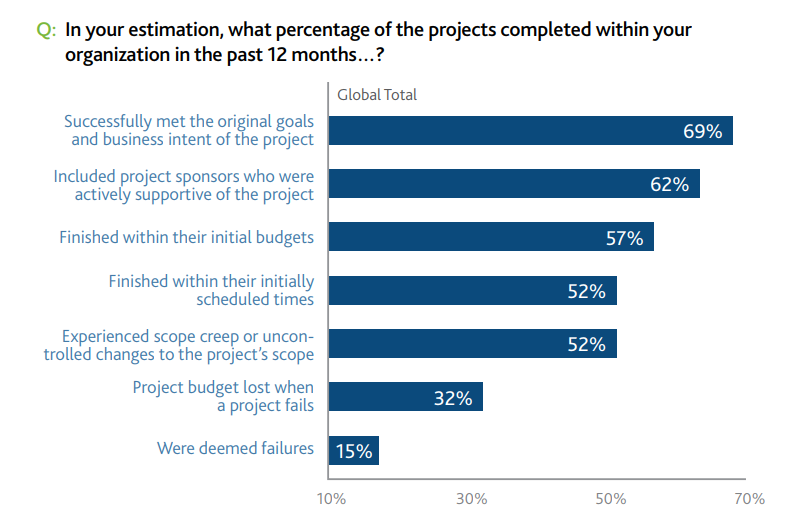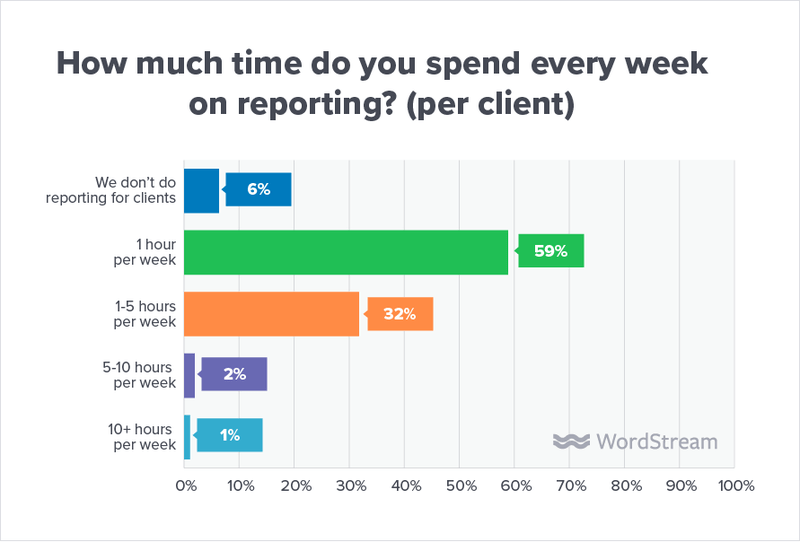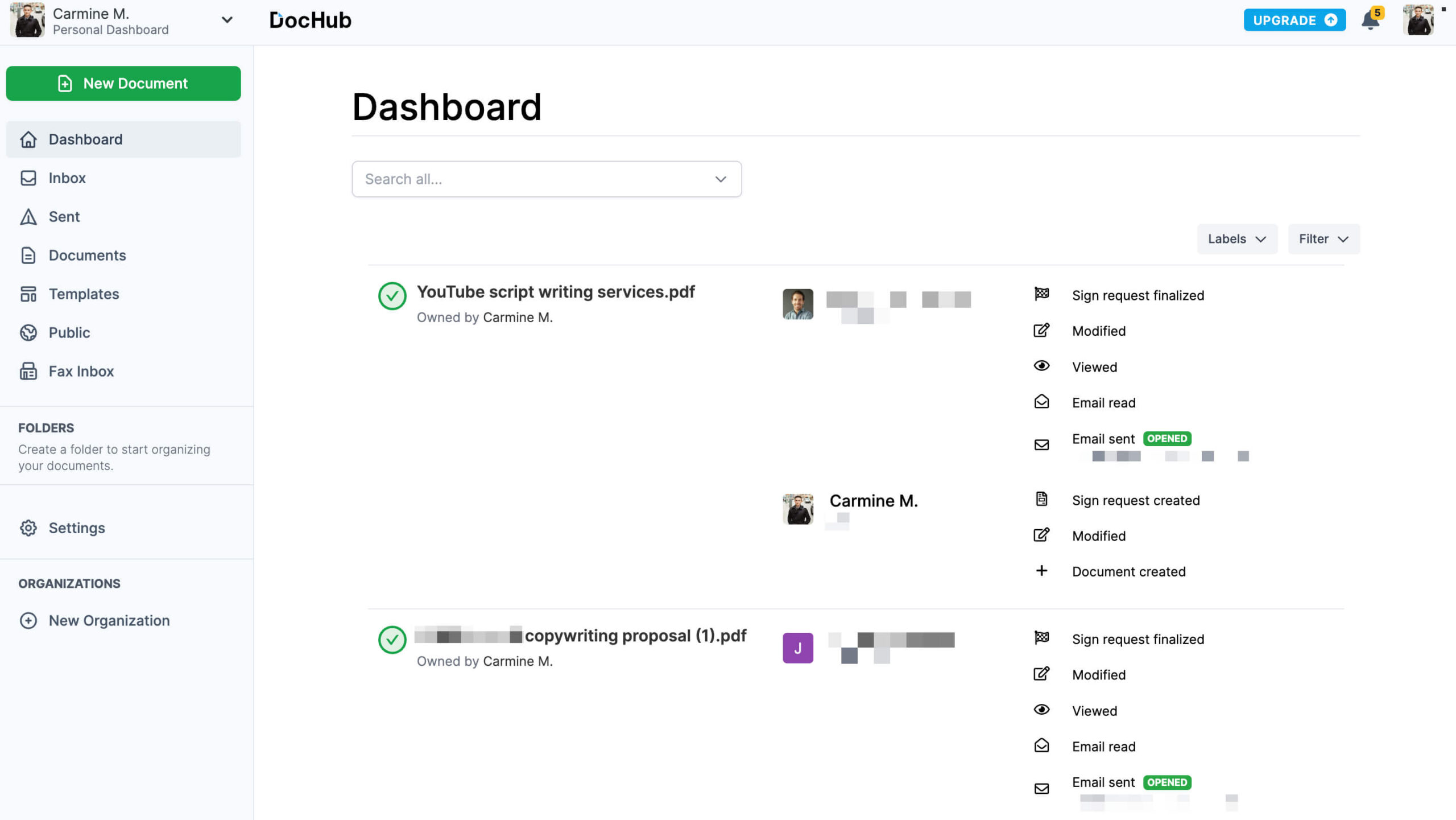Have you ever been stressed out by a client demanding you to do more work than required? Feel like your professional boundaries are being crossed and don’t know what to do?
You’re in the right place. I have been a freelancer and entrepreneur for 10+ years, and have experienced scope creep with copywriting and marketing clients on multiple occasions.
In fact, 50% of projects experience scope creep. You’re not alone in this.
Over the years I’ve learned what works, what doesn’t, and how to be professional while maintaining a positive relationship with a client.
In this blog post, I’m going to arm you with all the knowledge and tools you need to not only understand what client scope creep is but also how to solve it.
Grab your coffee (or tea, no judgment here), and let’s dive in!
What Causes Scope Creep?
Let’s start with the basics and talk about what causes scope creep in business.
First up, we’ve got the lack of clear project requirements. Picture this: you’re handed a project brief that’s as clear as mud, with vague objectives and obscure goals.
Without a solid roadmap in place, it’s easy for your client’s expectations to veer off into uncharted territory faster than you can say “scope creep.”
Next on the chopping block is poor communication between the client and yourself. One thing I’ve learned about running an agency and freelancing is that communication is 80% of your job.
When the lines of communication are fuzzy or non-existent, misunderstandings abound, leading to endless rounds of back-and-forth and, you guessed it, scope creep. Make sure you clearly lay out what needs to be done, when, and for how much. Contracts are your friend!
Then there are the ever-changing priorities or goals. One day your client wants one thing, and the next day they want something else. It’s like trying to hit a moving target – frustrating and downright exhausting.
Let’s not forget about underestimating project complexity. Ah, the classic case of biting off more than you can chew. When you underestimate the sheer magnitude of a project, it’s easy for scope creep to sneak up on you.
Last but not least, we’ve got external factors like market changes. Whether it’s shifting market trends or unforeseen economic downturns, external factors can cause scope creep too, but happens much less often.
That brings me to my next point.
The Impact of Scope Creep
If you’ve experienced scope creep, you know that it can have impacts on your mental health, performance, and other aspects. Let’s talk about these a bit more.
One of the first things scope creep impacts is budget. You and the client plan to allocate a certain amount, but when things overrun, now you need to spend more. Or, the budget has to be delayed for the next week, month, etc.
It’s proven that only 57% of projects finish with their initial budgets and 52% finish on the correct deadline.

Next, we’ve got missed deadlines. You’ve got a tight deadline looming on the horizon, but thanks to scope creep, your project timeline gets messed up.
Scope creep can also take a toll on client satisfaction. You might end up in a situation where you overpromise and under-deliver thanks to never-ending changes and additions. Even though it’s not always your fault, this can leave clients feeling disappointed.
Perhaps most importantly, there’s your mental health. I’ve had clients try to call me at all times of hours during the night, demand I make unneeded revisions, etc. and I can tell you it is not fun.
Signs of Scope Creep
How do you know if you’re experiencing scope creep or not? I’ll break down some of the tell-tale signs that I’ve gone through myself so you can spot it.
One of the most apparent and common is requests for additional features or revisions. Your client starts throwing out ideas left and right, and next you know, you’re doing work that was not defined in the contract or initial conversation.
Similarly, keep an eye out for frequent changes in project requirements. One day you’re headed in one direction, and the next day you’re doing a complete 180. This slows down project management and results.
Don’t be surprised if you get unreasonable demands from clients, too. Whether it’s unrealistic deadlines or outrageous expectations, bad clients will expect way too much in a short time span.
If you find yourself stressed, anxious, and not able to keep up with your projects, it might be a sign to audit your clients and determine if there’s scope creep involved.
How to Deal With Scope Creep
Okay, now we can get into the meat and potatoes of today’s article: how to handle scope creep in a professional manner.
1. Establish Clear Project Requirements and Goals
This is the foundation upon which all successful projects are built. Sit down with your client and hammer out the details of what they want to achieve with this project. You want every little piece of information mapped.
Be crystal clear about what is and isn’t included in the scope of the project. Think of it like setting boundaries; you need to be firm and clear about what’s off-limits.
Break down those lofty project objectives into bite-sized tasks and milestones. This not only makes the project more manageable but also gives everyone a clear roadmap to follow.
Last but certainly not least, document everything. Create a paper trail longer than the Great Wall of China. Trust me, if you start to experience scope creep, this will come in handy.
2. Work on Your Communication Skills
This is something that I’ve had to work on over the years to get better at. Once you’ve laid the groundwork of a project, it’s time to keep the client updated and manage expectations.
First off, establish a communication cadence with your client. Whether it’s weekly check-ins, bi-weekly status updates, or daily progress reports, consistency is key.
59% of service providers spend an hour per week reporting to clients. Use this as a benchmark.

Be proactive about sharing updates and progress with your client. Don’t wait for them to come knocking on your door asking for updates – keep them in the loop every step of the way.
Listen actively to your client’s feedback and concerns, as well. Communication is a two-way street and it’s important to make sure your client feels heard and valued.
Lastly, be transparent about any challenges or roadblocks you encounter along the way. Honesty will go a long way and I’ve never personally had a client respond negatively to addressing scope creep or obstacles.
3. Set Boundaries With Clients
This is perhaps the most important thing you can do when you need to stop scope creep. Both professionally and personally, we need to have clear boundaries.
Establish them with your client from the get-go. Let them know what you can and cannot deliver within the scope of the project. Lay down the lay in a positive manner. They’ll respect it.
And, remember, people don’t know what your boundaries are or how you feel until you communicate them. They don’t have ill intentions, they simply just don’t understand how you work.
Next, manage those client expectations. Be upfront about timelines, budgets, and any potential limitations. You want to make sure everyone knows what to expect before the project finishes.
Don’t be afraid to push back if your client starts pushing the boundaries. Remember, you’re the expert here, and it’s important to assert yourself when necessary.
For example, I mentioned I had a client who would call me on weekends, late in the evening, and so on. Totally inappropriate. I spoke with them and kindly explained our main communication should be through email and text, and we can schedule our regular meetings to go more in-depth.
They apologized, understood, and we went on to create a killer project together!
4. Review Tasks and Changes Regularly
To keep everything running smoothly and avoid scope creep, make sure to regularly review your tasks and progress.
Schedule regular check-ins with your team (presuming you have one) to review progress and identify any potential bottlenecks. You want to catch any issues before they snowball into something bigger.
Next, prioritize your project tasks. Not all tasks are created equal and it’s important to focus your time and energy on the ones that will have the biggest impact.
Don’t be afraid to adjust your priorities as needed. Flexibility is key when it comes to project management, and it’s important to be able to adapt to changing circumstances.
As I mentioned earlier, as well, ensure you’re regularly communicating with your client about project progress and any changes to the timeline or scope. Transparency is key when it comes to managing client expectations.
5. Document Changes and Updates
Next, I recommend documenting everything you do. I like using Asana for project management, but even a simple Google Doc or Sheet will get the job done.
Keep detailed records of any changes to the project scope or timeline. Whether it’s a minor tweak or a major overhaul, everything should be documented in case you have to prove it later.
Be sure to get written confirmation from your client for any changes or agreements. Verbal agreements aren’t reliable in business. Having everything in writing provides a clear record of what was agreed upon and helps prevent any misunderstandings.
I like using Dochub to create and send contracts to clients. This keeps everything in writing and ensures we are legally liable for what we agreed upon.

Wrapping Up How to Avoid Scope Creep
If you’re a freelancer or service provider of any kind, there’s a good chance you’ll experience scope creep. But, don’t worry. There are steps you can take to solve it while keeping a good relationship with your client. Here are the main takeaways from today’s article:
- Establish clear project requirements and objectives from the get-go.
- Communicate effectively with your client throughout the project to keep everyone on the same page.
- Set boundaries and manage client expectations like a seasoned pro.
- Regularly review and prioritize project tasks to stay on top of your game.
- Document all changes and agreements in writing to protect yourself from any unexpected surprises.
If you want to learn more about freelancing and marketing, explore my online courses and get coaching from me.














